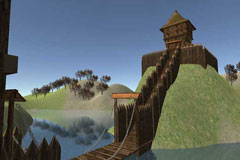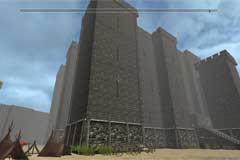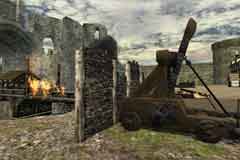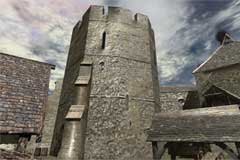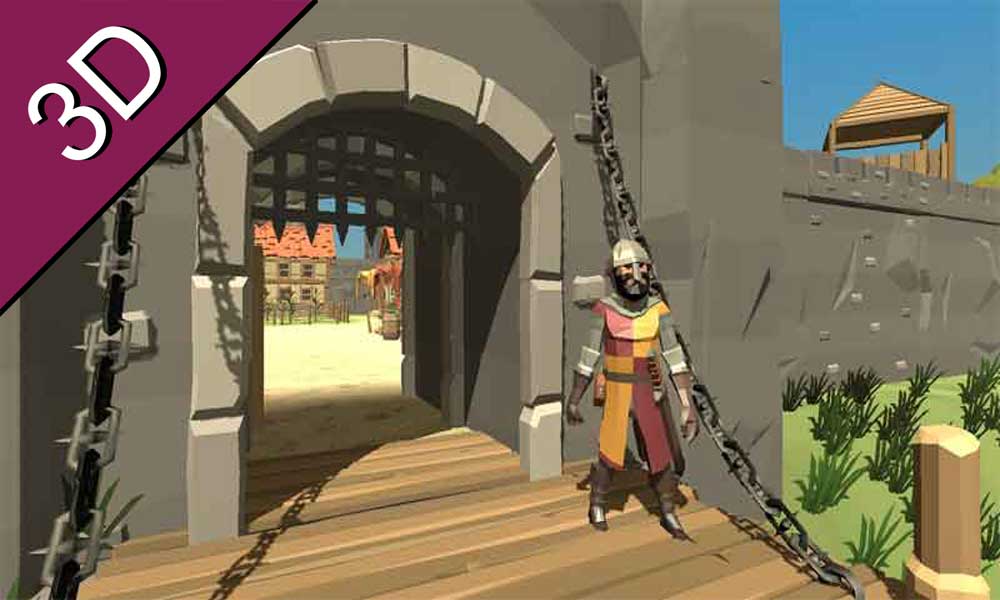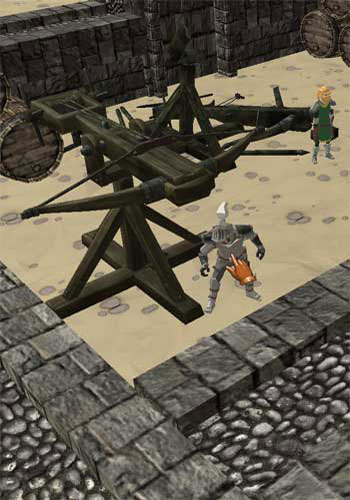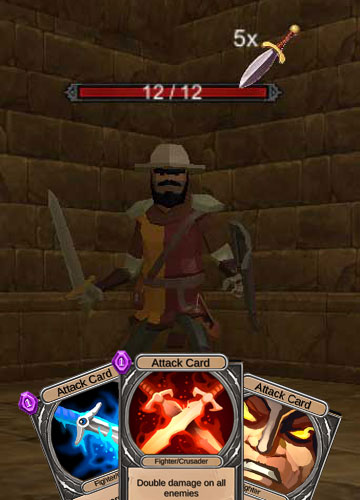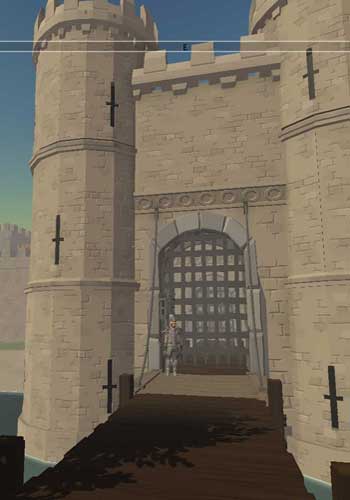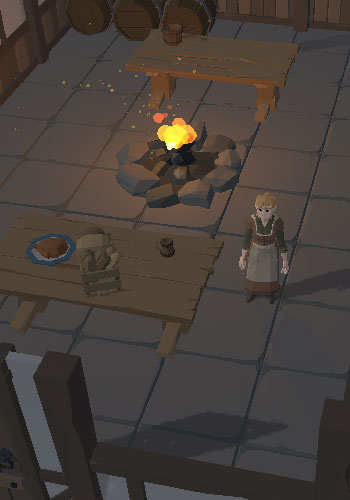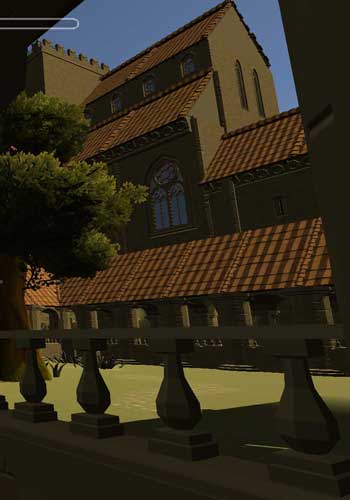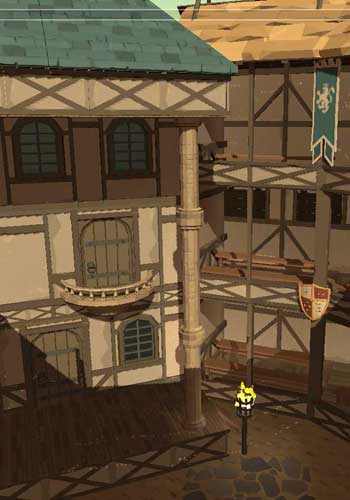Wars of the Roses
TweetThe Wars of the Roses (1455 - 1487)

Red rose of Lancaster
The battles of the Wars of the Roses took place between 1455 and 1487. The war was fought between supporters of several descendants of Edward III, the King of England from 1327 to 1377. The war was not a constant fight that affected the whole country and its population, but a series of battles spread out over the years between sets of supporters known as the Lancastrians and the Yorkists. Some of the battles were fought by thousands of men. The Battle of Towton being the largest and the bloodiest.

White rose of York
Background to the War
It is not truely known why the Lancastrians and Yorkists went to War. There may have been more than one reason. Was the conflict just a struggle between two factions of supporters eager to improve their positions of power in the country?
A popular suggestion is that the two factions disagreed who was the rightful heir to the English throne. In 1399, some fifty years before the wars began, Richard II the King of England was overthrown by Henry Bolingbroke who claimed the English throne as Henry IV. Bolingbroke's claim to the English throne was through his father, John of Gaunt, the fourth son of Edward III. At the time there was a stronger claim to the throne and that was by Edmund Mortimer who was descended from Edward III's third son. Edmund was not old enough to rule the country and it was agreed that Henry Bolingbroke should become king. It would be more than half a century later that this unsafe claim to the English throne would become important.
Family tree
The Red and White Roses
The red and white roses were probably not used at the time of the war. It may have been William Shakespeare who invented the symbols when he used them in a scene from Henry VI, part 1. The scene takes place in the Temple garden between Richard, Duke of York, and Edmund Beaufort, 2nd Duke of Somerset, in the presence of other important barons. Each choose a different coloured rose and ask those who support them to choose a rose of the same colour.
A War in Four Phases
The Wars of the Roses was not a constant fight but a series of events and battles that can the divided into four distinct phases.
Phase One
The build up to the first battle of the Wars of the Roses at St. Albans.
Phase Two
After a series of major battles between 1459 and 1461 Edward IV of the Yorkists deposed the Lancastrian King Henry VI.
Phase Three
Starting in 1461 and ending in 1471 the third phase centres around the first reign of Edward IV.
Phase Four
Richard III, Edward's brother becomes King of England in 1483 and killed at Bosworth in 1485.
Battles of the War of the Roses

Medieval Episodes
Early Middle Ages
High Middle Ages
- Edward the Confessor and Godwine
- Reasons for the Norman Invasion
- The Norman Invasion
- The Norman Conquest
- Background to the Crusades
- People's and First Crusade
- Second Crusade
- Third Crusade
- Stephen's succession to the throne
- Civil War (The Anarchy)
- The Conquest of Ireland
- Henry II and Thomas Becket
- Excommunication of King John
- The First Barons' War
- The Second Barons' War
- Edward I and Wales
- Edward I and Scotland
Last Middle Ages
- Edward II and Piers Gaveston
- Robert the Bruce
- Isabella, She-Wolf of France and death of Edward II
- Edward III starts the Hundred Years War
- Continues with Richard II
- Henry V invades France
- Henry VI and Joan of Arc
- The Black Death
- The Peasants Revolt
- The Lords Appellant
- Glendower's Revolt
- Wars of the Roses
Early Modern Period
Event Participants and Locations

